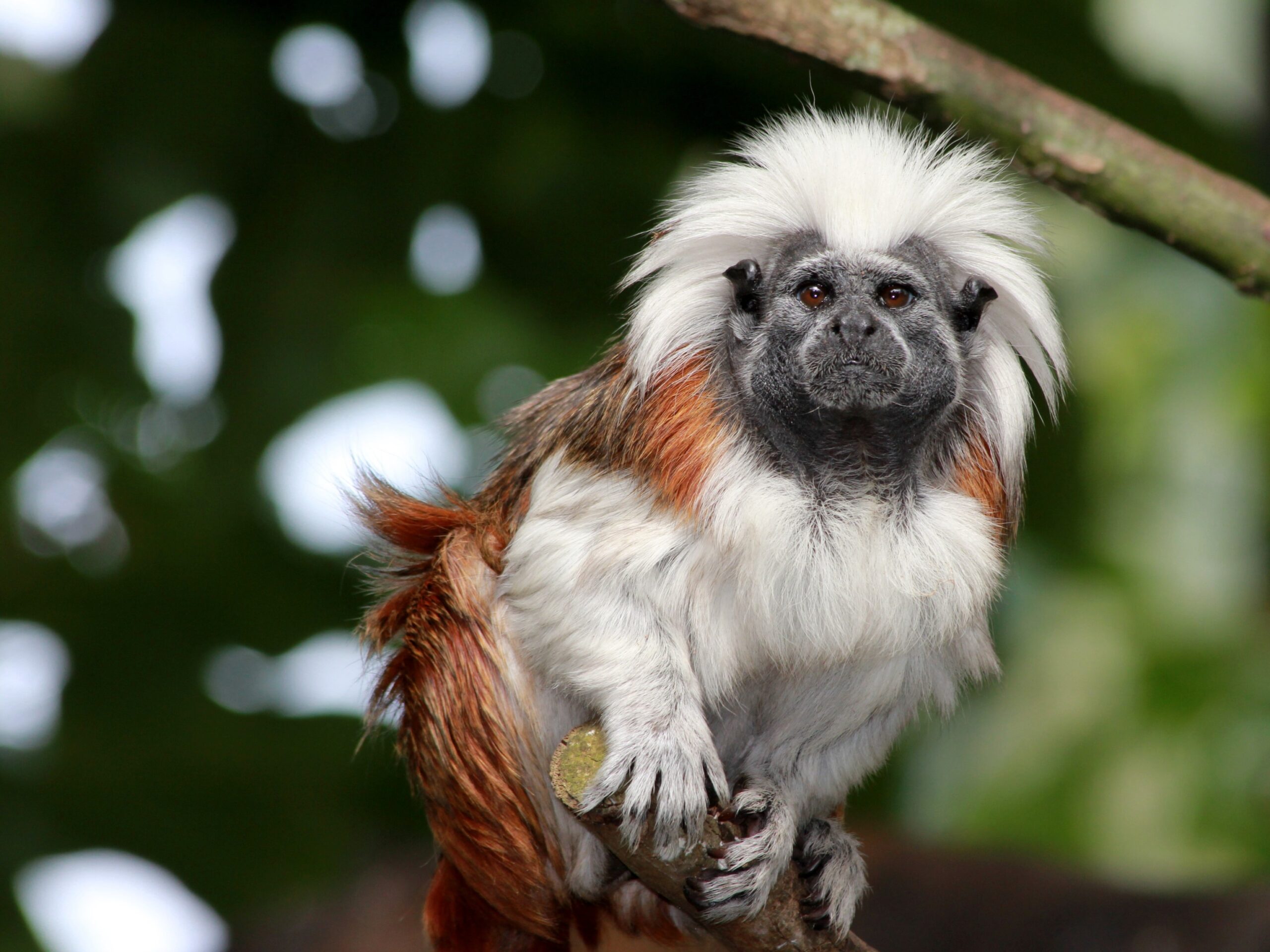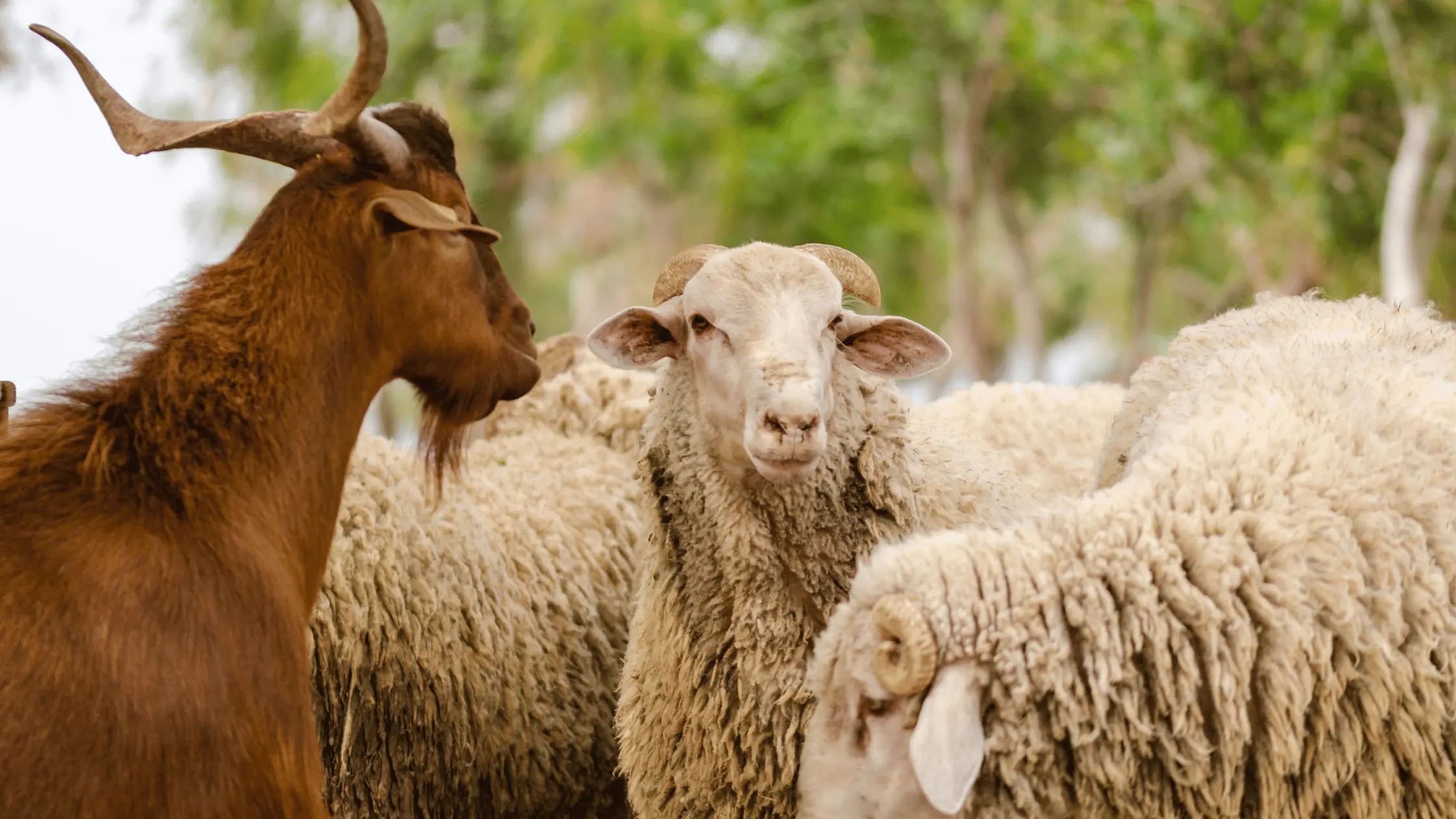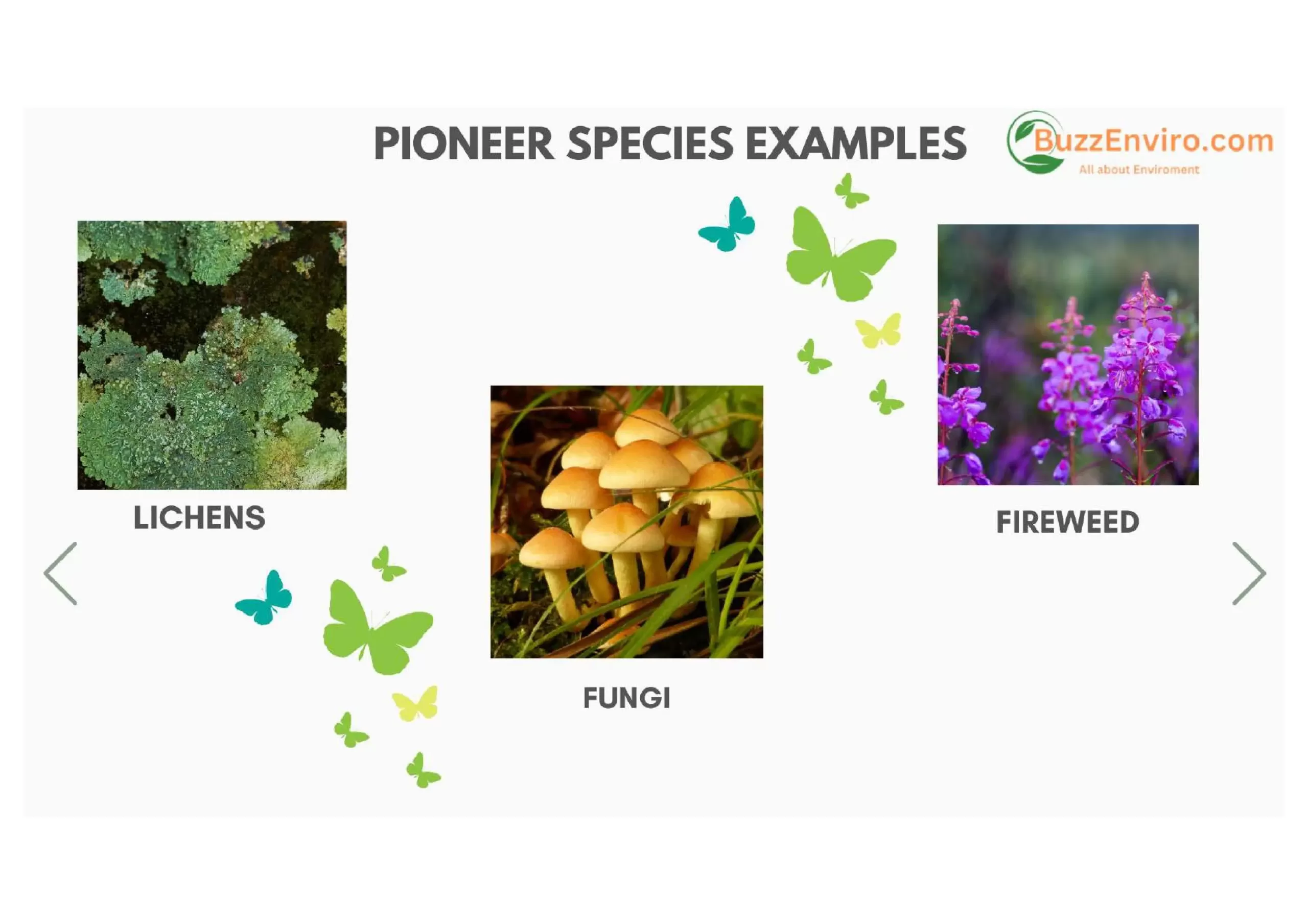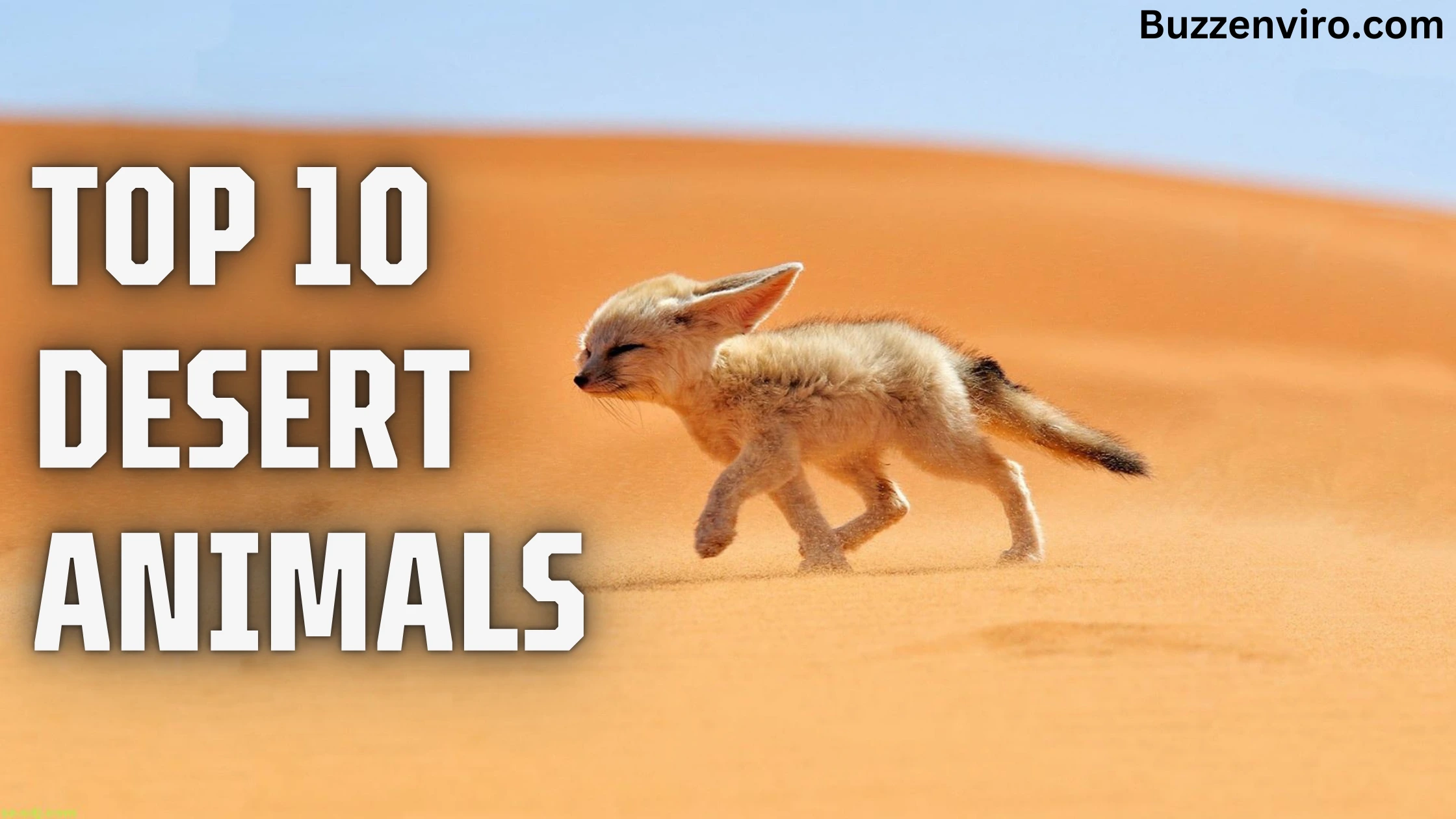In the heart of the Zanzibar archipelago, amidst the verdant canopies of Unguja’s forests, a creature of captivating beauty and profound significance roams—the Zanzibar red colobus monkey (Piliocolobus kirkii). With its striking russet fur and intricate social dynamics, this enigmatic primate embodies the essence of Zanzibar’s natural heritage. Join us on a journey of exploration as we uncover the intriguing facts surrounding the Zanzibar red colobus, delving into its unique appearance, social structure, and the challenges it faces in a rapidly changing world.
Who is Zanzibar Red Colobus ?

The red colobus Zanzibar is a species of monkey native to Unguja (Zanzibar archipelago), a large island off Tanzania’s coast. It is also sometimes referred to as the “Kirk’s red colobus”, named after its discoverer, Sir John Kirk. The red colobus is now an endangered species. In the mid-1990’s, it became the flagship species for Zanzibar’s conservation efforts. The population is continuing to decline and conservationists are working with local governments to develop a comprehensive, effective strategy for the conservation of the population and its habitat. One of the challenges is that the species’ habitat is restricted to Unguja and the archipelago as a whole. The species was reclassified three times, first to Colobus and then to Procolobus.
Zanzibar Red Colobus Monkey Facts
The Zanzibar red colobus monkey, also known as Piliocolobus kirkii, is an endangered primate species native to Unguja, the main island of the Zanzibar Archipelago in Tanzania.
Appearance
The Zanzibar Red colobus is one of the Old World monkey species. It has dark red to black hair with a black stripe on the shoulders and arms and a pale undercoat. The black face is crowned by long white hair. It has a pink mark on the lips and nose. The long tail is used only for balance and is not prefructural.
Habitats and Lifestyle
Zanzibar Red Colobus live in groups of up to 4 adults and many adult females along with their young. Groups can be as small as 30 to as large as 50 individuals. They like to play and groom during the rest period between meals. Males, unlike females, actually form close bonds in a group, acting together to protect their group and even grooming each other. They feed in a group. They start foraging early in the morning and are more active in the cooler hours of the day. The loud calls from the males indicate that the group is about to move to the next tree to feed. When threatened, Zanzibar Red colobuses make “bark”, “chist”, or “wheet”. The call most commonly heard is the “alerting signal”. This is an alerting call. It is a call that they make when they feel vulnerable or threatened and have been alone for an extended period of time. The young are the ones who make this call.
Diet and Nutrition
Zanzibar Red Colobus are leaf eaters (folivores) and feed mostly on leaves. The colobuses also consume leaf shoots, seeds and flowers, as well as unripe fruits. They are also known to eat bark, dead wood and soil
Mating Habitats
Zanzibar Red colobus are promiscuous. This means that both female and male have several partners during the breeding season. Females produce 1 or 2 young every 2 years, mainly in the months of September-December. Gestation lasts about 6 months. The newborns are born naked with eyes closed and are fed until 2 years of age. The baby is carried by the mother, clamped to her abdomen for 6 months. The baby can move on its own after 6 months but may still be carried by its mother for over a year. The baby is almost independent at 24-36 months and fully independent at 37-52 months. Females attain reproductive maturity at 4 to 5 years and males at 5 years.
Overall, the Zanzibar red colobus monkey is a fascinating species facing significant challenges to its survival, making conservation efforts crucial for its continued existence.
Read our blog also The world’s 10 most popular Endangered Species in the world






